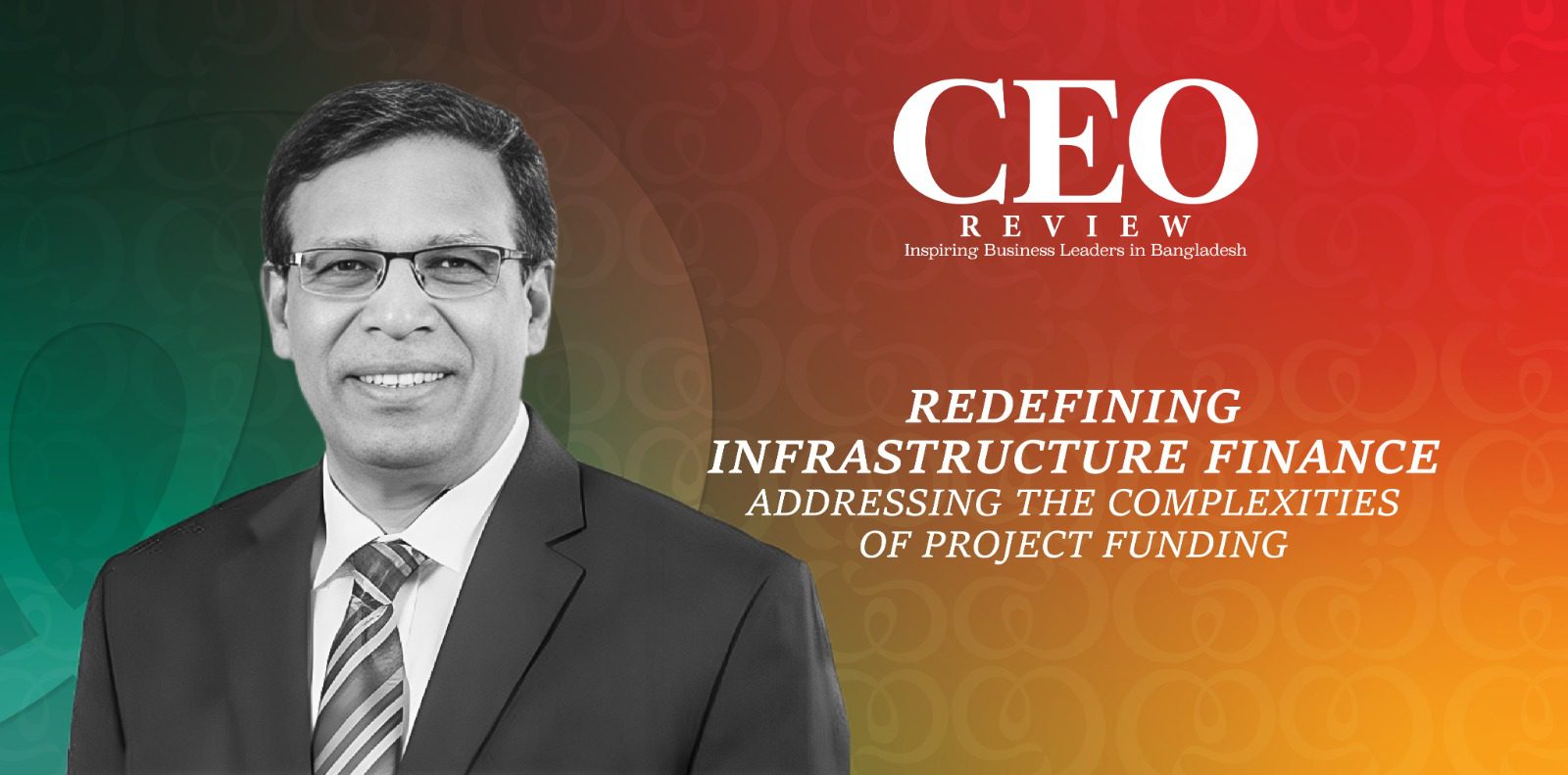The development of a nation requires several significant goals and vision. The goals demand smart solutions to the financing of projects fitting their nature and returns. Our traditional modes of financing are unsuitable for the implementation and viability of such projects. Think of a smart city. This huge infrastructure would combine engineering, technological, environmental, and communication segments built with imported and local input. A city project, even of small size, would require financing on soft terms with repayment spread over a long period. The story is the same for educational institutions to create smart citizens or hospitals to provide modern healthcare.
Finance is the most critical issue to achieving the goals. Our traditional financing schemes come with loads of prerequisites, collateral, personal guarantees, low tenors, high interest rates and inflexible policy frameworks for infrastructure projects. Lately, local currency bonds and quasi-equity are gaining a slice of the financial market. Issuance of these instruments have been subjected to lengthy processes and high costs. Capital markets have had little to no success trading these instruments or promoting innovative undertakings. Finance under PPP or government-owned financial institutions suffers from various limitations, such as inadequate resources, policy restrictions, or skill gaps in handling mega-projects.
FDI is seen as a potential solution to filling the void. One needs to study why FDI has been low rather than declining compared to FDI flows in neighbouring countries. Investors report that they encounter obstacles while repatriating dividends or benefits.
FDI, or local financing structured as blended finance could provide an ecosystem solution to close the infrastructure funding gap. It has helped development finance and charity funds mobilise private capital flows in developing economies. Blended finance also provides other benefits critical to project success, like best investment practices and enhanced skills.
Regulatory controls, tax barriers, labour policies, inconsistent tariffs, and visa challenges reduce the attractiveness of FDI. These complexities pose hindrances to realising successful financing or investment returns. Currency risks, illiquid local capital markets, and political instabilities create further limitations.
We must bear in mind that every project is unique in nature and objective. Finance for each project with development goals must be treated the way it deserves, not in a one-size-fits-all manner. ■

